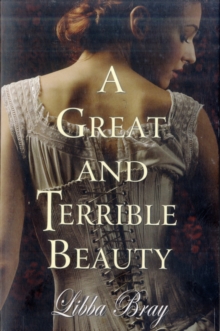


He covers the contributions of African, Asian, and South Americans to literature and the arts in more detail. He sees most of the achievements in science and the social sciences coming from men and women who were able to study and teach at the great universities of America and Western Europe.

He acknowledges the contributions of a few Asian (Chinese and Indian) scientists and social scientists. His cross-disciplinary vision tends to provide a sense of the cultural climate that allowed these ideas to develop and grow in America, Britain, France, Germany, Austria and Russia. He delivers a roughly chronological review of the achievements of the 20th century in mathematics, physics, astronomy, chemistry, biology, genetics, paleontology, psychology, sociology, anthropology, history, philosophy, theology, literature (in several languages and countries), economics, political theory, visual art, cinema, formal (classical?) music, pop music, architecture, communications. Politics and war, business, economics and depressions fall into the background. His goal was ambitious – to write the history of the intellectual achievements of the 20th Century. His style is smooth and fluent, only occasionally lapsing into journalistic bombast and cliches. His other published work has tended to relate to the visual arts, but that only covers part of his work. He seems to have an insatiable curiosity and wide interests. Watson is a journalist, and an experienced writer. The book has also been published in the US as Modern Mind: An Intellectual History of the 20th Century. It was the Orion Press British paperback edition. With end notes and index, 847 pages of small type. I was looking for something else in the Ideas and philosophy section of the Grant Park McNally Robinson store when I noticed Peter Watson’s A Terrible Beauty: The People and Ideas that Shaped the Modern Mind. It was an impulsive purchase, which proved to be worthwhile.


 0 kommentar(er)
0 kommentar(er)
